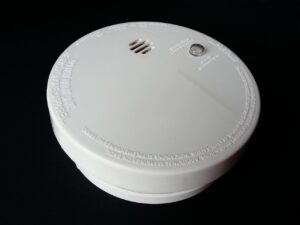In an age where electricity powers our homes, it is easy to take for granted the convenience it provides. However, electrical mishaps can lead to devastating consequences if not handled with care. A proactive approach to electrical safety is crucial to protect your loved ones and your property. In this guide, we will delve into creating an emergency preparedness plan specifically tailored to home electrical safety.
Understanding the Risks:
Electricity is a powerful force, but it can also be a silent danger. From overloaded circuits to faulty wiring, numerous factors can lead to electrical hazards. Common risks include electrical fires, shocks, and even electrocution. Recognizing these risks is the first step towards mitigating them.
Assessing Your Home:
Begin by conducting a thorough assessment of your home’s electrical system. Identify potential hazards such as exposed wires, outdated appliances, or overloaded outlets. It is essential to ensure that your electrical system meets current safety standards and regulations. Consider hiring a qualified electrician for a professional inspection.
Developing a Safety Plan:
Once you have identified potential risks, it is time to develop a comprehensive safety plan. This plan should encompass preventive measures, emergency procedures, and regular maintenance tasks.
1. Preventive Measures:
- Install Ground Fault Circuit Interrupters (GFCIs) in areas prone to moisture, such as kitchens, bathrooms, and outdoor outlets.
- Use surge protectors to safeguard sensitive electronics and appliances from power surges.
- Avoid overloading outlets by using power strips sparingly and never daisy-chaining them.
- Routinely check electrical cords for fraying or damage and replace them immediately if needed.
- Keep flammable materials away from electrical appliances and outlets to reduce the risk of fires.
2. Emergency Procedures:
- Educate your family members about basic electrical safety practices, such as never using electrical appliances near water or during a thunderstorm.
- Develop a clear evacuation plan in case of an electrical fire or other emergencies.
- Ensure everyone knows the location of the main electrical panel and how to shut off power in an emergency.
- Keep a fully stocked emergency kit on hand, including flashlights, batteries, a first aid kit, and a fire extinguisher.

3. Regular Maintenance:
- Schedule regular inspections and maintenance checks for your electrical system by a qualified electrician.
- Test smoke detectors and carbon monoxide detectors regularly, and replace batteries as needed.
- Stay informed about product recalls and safety alerts related to electrical appliances and devices.
Implementing Your Plan:
Once you have developed your electrical safety plan, it is crucial to put it into action. Regularly review and update your plan as needed, especially after making any significant changes to your home or electrical system. Involve your family members in safety drills and discussions to ensure everyone is prepared to respond effectively in case of an emergency.
Creating a home electrical safety plan is not just about preventing accidents–it is about protecting what matters most: your family and your home. By taking proactive steps to identify and mitigate electrical hazards, you can enjoy the benefits of electricity with peace of mind. Remember, when it comes to electrical safety, preparedness is key.
If you have any concerns about the safety of the electrical in your home, give your local concierge electrician, Jason Wright Electric, a call to come check it out.
